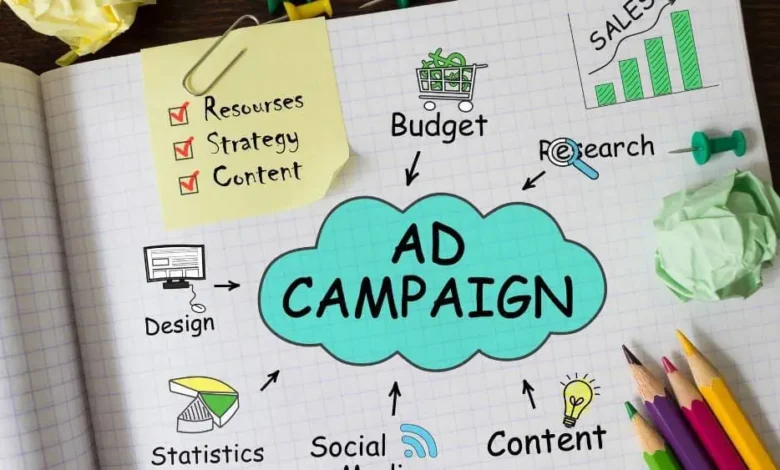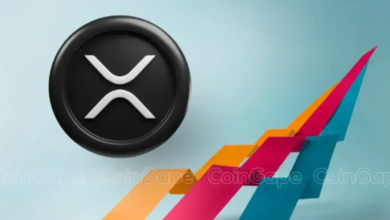Influencer Marketing Failures: Common Pitfalls and How to Avoid Them in B2C

Influencer marketing has become a key strategy for B2C brands seeking to connect with their target audience through authentic and engaging content. By collaborating with popular social media personalities, brands aim to boost their visibility and drive consumer engagement. Despite its potential, many influencer campaigns fail to achieve their desired outcomes due to common mistakes that can undermine their effectiveness.
Understanding and avoiding these pitfalls is essential for crafting successful influencer marketing campaigns. In this blog post, we’ll delve into several frequent errors, such as misaligned partnerships, unclear objectives, insufficient communication, and non-compliance with regulations. By addressing these issues, brands can enhance their strategies, improve campaign results, and build stronger connections with their audience.
In this blog post, we’ll explore several frequent mistakes in influencer marketing and offer practical tips for overcoming them.
Misaligned Influencer Partnerships
One of the most critical mistakes brands make in influencer marketing is partnering with influencers whose audience and values do not align with their own. This misalignment can create a disconnect that significantly undermines the effectiveness of the campaign. For instance, consider a brand that specializes in fitness products deciding to collaborate with an influencer who primarily focuses on luxury travel and high-end fashion. Despite the influencer’s substantial following and high engagement rates, the content they produce may not resonate with the fitness brand’s target demographic. This is because the interests and values of the influencer’s audience are not aligned with those of the fitness brand’s customers. As a result, the promotional content may appear inauthentic or irrelevant, leading to lower engagement and failing to achieve the intended marketing goals.
This type of disconnect can also affect how well the brand’s message is received. When an influencer’s content does not match the brand’s identity, it can dilute the brand’s message and reduce its impact. For example, if the fitness brand’s audience expects health and wellness tips but is presented with luxury travel content, the campaign may seem out of place. This can erode trust and credibility with both the influencer’s followers and the brand’s existing customers. Consequently, the campaign might not drive the desired results, such as increased sales or brand loyalty, and can even lead to negative perceptions of the brand.
To avoid these pitfalls brands must carefully evaluate whether an influencer’s persona, content, and audience genuinely align with their own brand’s ethos and target market. This involves a thorough analysis of the influencer’s content style, audience demographics, and engagement patterns. Brands should seek influencers who authentically reflect their values and have followers who are likely to be interested in their products or services. By ensuring that there is a strong alignment between the influencer’s characteristics and the brand’s objectives, companies can create more effective and meaningful campaigns. This strategic approach not only enhances the authenticity of the promotional content but also increases the likelihood of achieving the campaign’s goals, such as improved brand perception and higher engagement rates.
Lack of Clear Objectives and Metrics
Another common pitfall in influencer marketing is the absence of clear objectives and measurable metrics. Without well-defined goals, it becomes challenging for brands to assess the success of their campaigns or determine their return on investment (ROI). For example, if a brand launches an influencer campaign without specifying whether the goal is to increase brand awareness, drive traffic to its website, or boost sales, it becomes difficult to measure how effective the campaign has been. This lack of clarity can lead to results that are vague and inconclusive, making it hard for brands to understand what aspects of the campaign worked and what didn’t. As a result, brands may struggle to refine their strategies for future campaigns, potentially wasting valuable marketing resources and missing opportunities for improvement.
To address this issue, it is crucial for brands to establish clear and achievable goals before launching an influencer campaign. Defining specific objectives provides a roadmap for the campaign and helps in determining the key performance indicators (KPIs) that will be used to measure success. For instance, if the goal is to increase brand awareness, KPIs might include metrics such as reach and engagement rates. If the objective is to drive traffic to the brand’s website, then click-through rates and referral traffic would be the relevant metrics. For campaigns focused on boosting sales, a digital marketing company in New York holds that conversion rates and revenue generated from the campaign would be key indicators. By setting these KPIs and tracking them throughout the campaign, brands can gauge performance accurately and identify areas for improvement.
Furthermore, a structured approach to setting and measuring goals enhances not only the current campaign’s effectiveness but also provides actionable insights for future marketing efforts. This methodical evaluation helps brands understand what strategies are successful and which ones need adjustment. For example, if a campaign aimed at increasing brand awareness shows high engagement rates but low conversion rates, it might indicate that while the campaign is effective in reaching people, it may need a stronger call-to-action to drive sales. By continuously applying these insights, brands can optimize their influencer marketing strategies and achieve better results in subsequent campaigns.
Insufficient Communication and Collaboration
Effective communication and collaboration between brands and influencers are essential for the success of any marketing campaign. When communication is unclear or lacking, it can lead to various issues that negatively impact the quality and effectiveness of the campaign. For instance, if an influencer does not receive detailed brief or clear campaign guidelines, they may produce content that diverges from the brand’s vision. This disconnect can result in promotional material that feels inconsistent with the brand’s identity or fails to engage the intended audience. Additionally, miscommunication can lead to missed deadlines or incomplete content, further complicating the campaign and diminishing its overall success.
According to a New York digital marketing company, to overcome these challenges, it is vital for brands to establish clear lines of communication and foster a collaborative environment from the beginning of the campaign. Brands should provide comprehensive briefs that outline the campaign’s objectives, messaging, and any specific requirements. This clarity ensures that influencers understand precisely what is expected of them and can create content that aligns with the brand’s goals. Regular check-ins and open channels for feedback are also crucial. By engaging in ongoing discussions, brands and influencers can address any issues promptly and make adjustments as needed. This collaborative approach helps improve the quality of the content and enhances the overall effectiveness of the influencer campaign.
Creating a strong foundation for communication and collaboration not only benefits the current campaign but also builds a positive working relationship between the brand and the influencer. When both parties are well-aligned and engaged, it leads to more authentic and impactful content, which can significantly enhance the campaign’s success. By fostering a cooperative atmosphere and maintaining transparent communication, brands can ensure that their influencer marketing efforts are both effective and aligned with their strategic goals.
Ignoring Compliance and Disclosure Regulations
Ignoring compliance and disclosure regulations in influencer marketing can lead to significant consequences, including legal troubles and damage to a brand’s reputation. Regulations are in place to ensure that sponsored content is clearly disclosed to avoid misleading consumers about the nature of the promotion. For example, influencers are required to use hashtags like #ad or #sponsored to indicate that their posts are part of a paid promotion. This transparency helps consumers understand when content is sponsored, which is crucial for maintaining trust and credibility. Failure to comply with these regulations can result in penalties from regulatory authorities and undermine consumer confidence. If audiences feel deceived by undisclosed promotions, they may lose trust in both the influencer and the brand, which can negatively affect the brand’s reputation in the long term.
To mitigate these risks, it is essential for brands to ensure that their influencer partners are well-informed about and compliant with these legal requirements. This involves not only educating influencers about the importance of disclosure but also providing them with clear guidelines on how to properly label sponsored content. Brands should also implement regular monitoring of influencer posts to verify that they adhere to compliance standards. This proactive approach helps prevent potential breaches and ensures that promotional content remains transparent and trustworthy. By maintaining vigilance in these practices, brands can safeguard themselves from legal repercussions and preserve their reputation among consumers.
Additionally, brands must consider the broader implications of non-compliance, which can extend beyond legal issues to affect overall brand perception and consumer loyalty. Missteps in disclosure can lead to a decline in consumer trust, which is difficult to rebuild once lost. Therefore, ensuring that all promotional content is handled transparently is crucial for maintaining a positive brand image and achieving long-term success. Brands that prioritize compliance not only avoid legal troubles but also build stronger, more trustworthy relationships with their audience, which enhances the overall effectiveness of their influencer marketing efforts.
Final Thoughts
Influencer marketing can be a powerful tool for B2C brands aiming to engage with their target audience, but avoiding common pitfalls is essential for success. Misaligned influencer partnerships can dilute a brand’s message and reduce campaign effectiveness, as content that does not resonate with the target audience is less likely to drive desired results. To prevent this, brands should ensure that the influencers they choose align with their values and audience, creating authentic and impactful content.
Additionally, clear objectives and measurable metrics are crucial for evaluating the success of influencer campaigns. Without specific goals and key performance indicators (KPIs), it’s challenging to assess the campaign’s effectiveness and make informed improvements. Setting well-defined objectives helps brands track performance accurately and optimize future strategies based on data-driven insights.
Effective communication and adherence to compliance regulations are also key to a successful influencer campaign. Clear briefs, regular check-ins, and transparent disclosure practices help ensure that content aligns with the brand’s vision and maintains consumer trust. By focusing on these areas, brands can enhance their influencer marketing efforts, build stronger relationships with their audience, and achieve their overall marketing goals.




